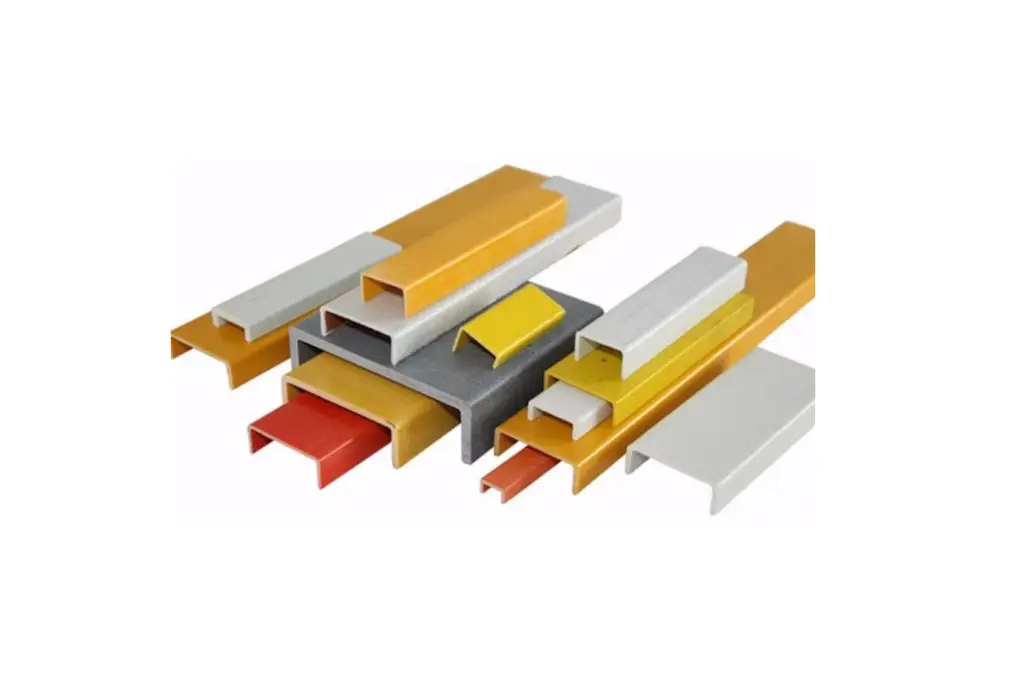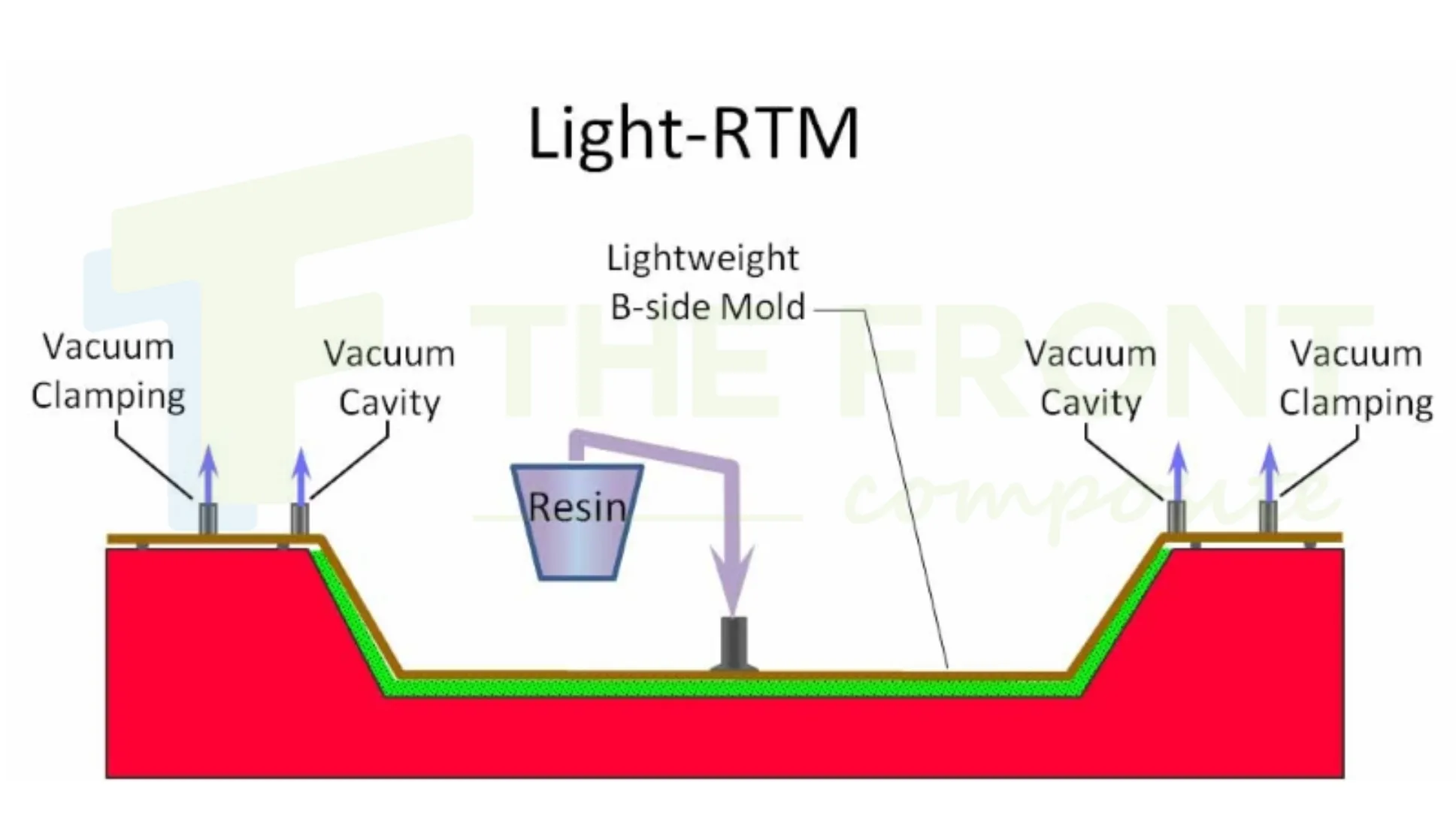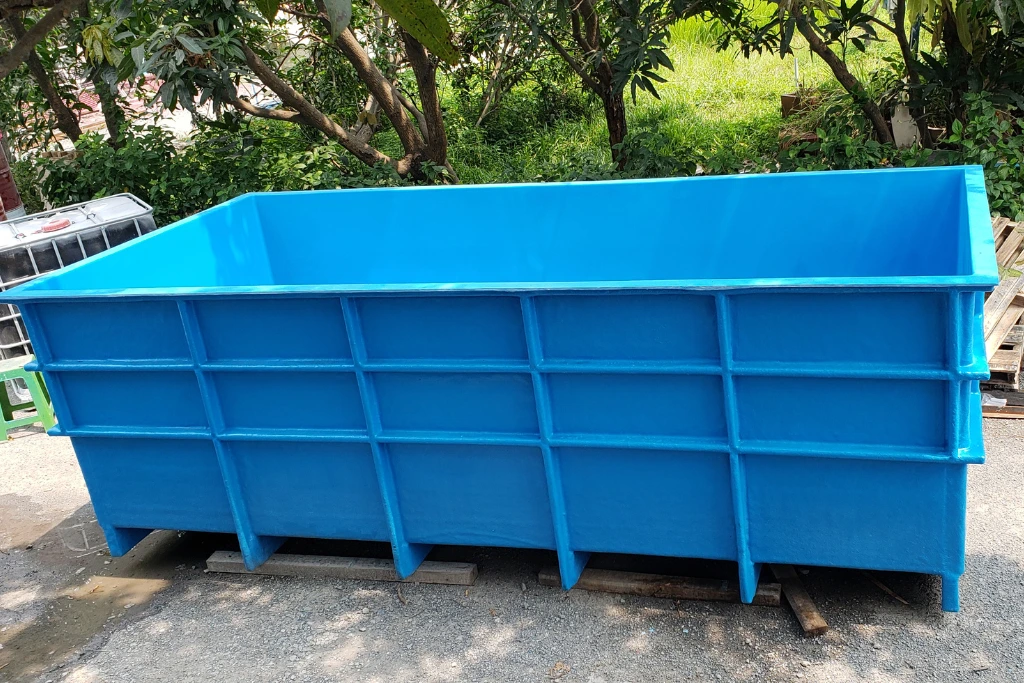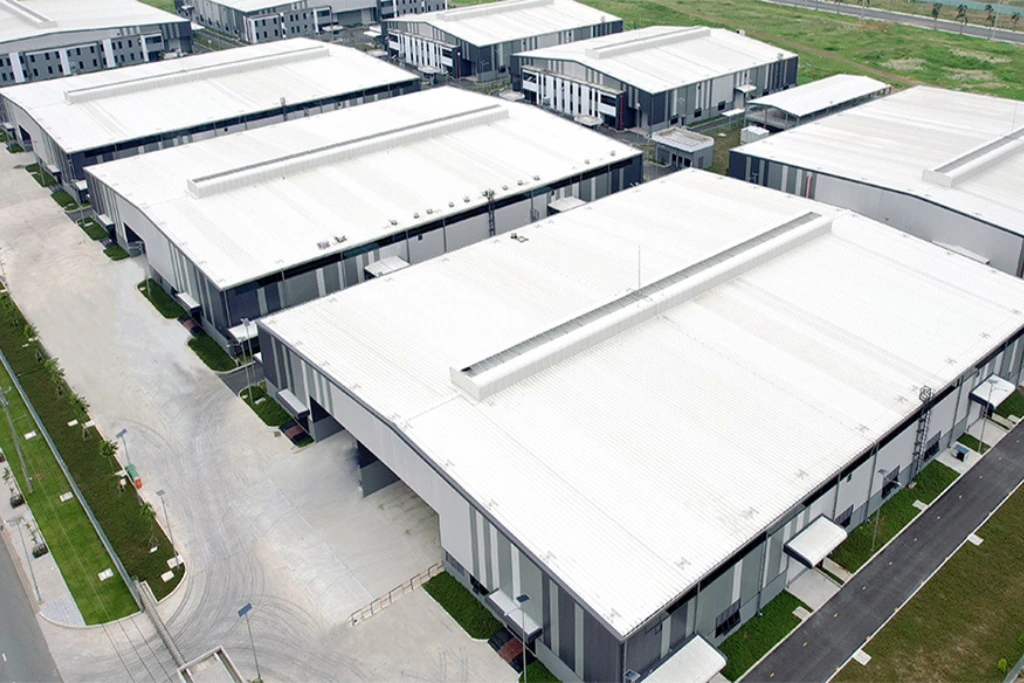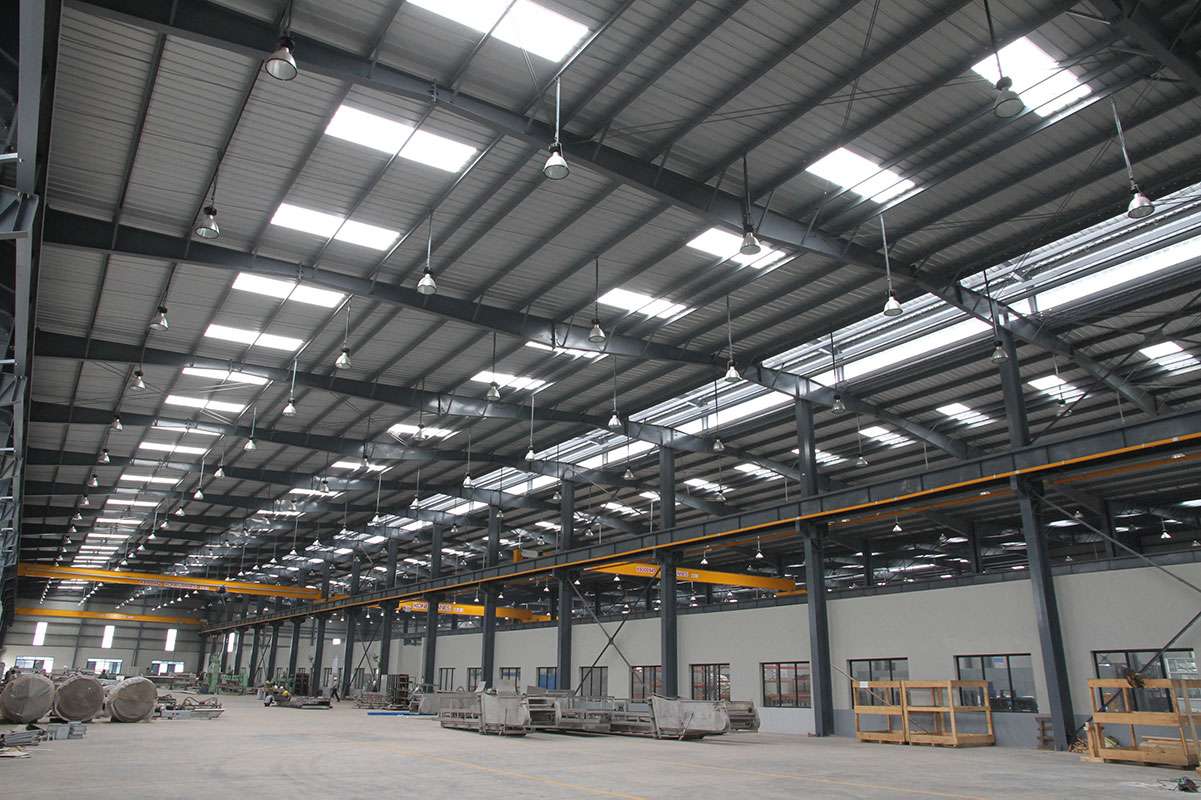The demand for strong, lightweight, corrosion-resistant materials continues to rise across industries like construction, transportation, energy, and infrastructure – particularly in rapidly developing regions like Vietnam. One manufacturing process meeting this demand is pultrusion.
Pultrusion creates highly durable composite profiles that outperform traditional materials like steel, wood, and aluminum in many applications. But what exactly is made using pultrusion, and why should industries and builders – including those in Vietnam – care?
This article explores the top products made using pultrusion, how they’re applied, and why choosing pultruded composites can make a massive difference in performance, longevity, and sustainability.
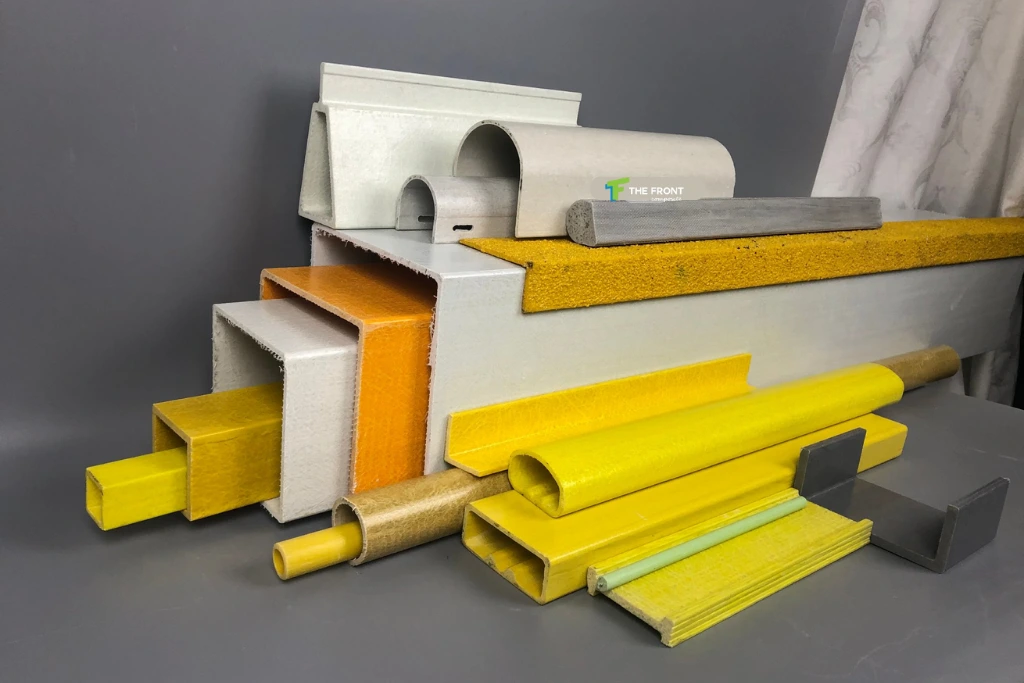
What Is Pultrusion?
Pultrusion is a continuous manufacturing process that pulls fiberglass or other reinforcements through a resin bath and then through a heated die to form a hardened, reinforced composite profile.
Unlike extrusion (which pushes material through a die), pultrusion pulls the material, resulting in a product with exceptional strength, consistency, and resistance to harsh environments.
Because of these properties, pultruded products are now essential in many industries.
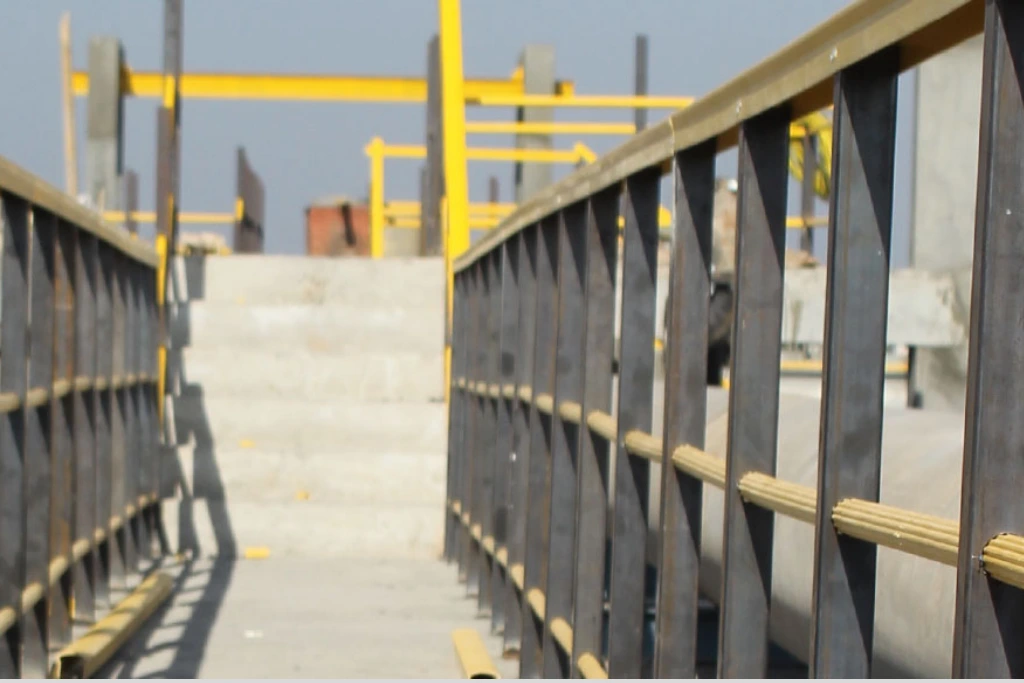
Top Products Made Using Pultrusion
1. Structural Profiles
Pultruded structural profiles are widely used in construction and industrial projects. These include:
- I-beams
- Channels
- Angles
- Tubes
- Rods
- Flat plates
Why It Matters:
Structural profiles made through pultrusion provide high load-bearing capacity while being much lighter than steel or aluminum. They resist corrosion, making them ideal for outdoor, coastal, or chemical-rich environments where traditional materials would degrade.
Applications:
- Bridges and pedestrian walkways
- Architectural facades
- Industrial platforms and support systems
2. Cable Trays
Pultruded cable trays offer a safe, organized way to manage electrical and communication cables, especially in tough environments like chemical plants or offshore platforms.
Why It Matters:
Cable trays made from pultrusion are non-conductive, corrosion-resistant, and lightweight, making them safer and longer-lasting than metal alternatives.
Applications:
- Oil and gas facilities
- Power plants
- Marine and offshore industries
3. Grating and Flooring Systems
Pultruded fiberglass grating is commonly used as industrial flooring, platforms, catwalks, and trench covers.
Why It Matters:
Compared to metal grating, pultruded grating is slip-resistant, corrosion-proof, and requires little maintenance, making it safer and more cost-effective over time.
Applications:
- Water treatment facilities
- Chemical processing plants
- Mining operations
- Food and beverage production floors
4. Ladder Rails and Handrails
Pultrusion is used to manufacture extremely durable ladder rails, handrails, and guardrails for industrial safety.
Why It Matters:
Safety components made from pultrusion materials are non-conductive, corrosion-resistant, and have high mechanical strength, critical for protecting workers in hazardous environments.
Applications:
- Electrical substations
- Industrial plants
- Public infrastructure like bridges and parks
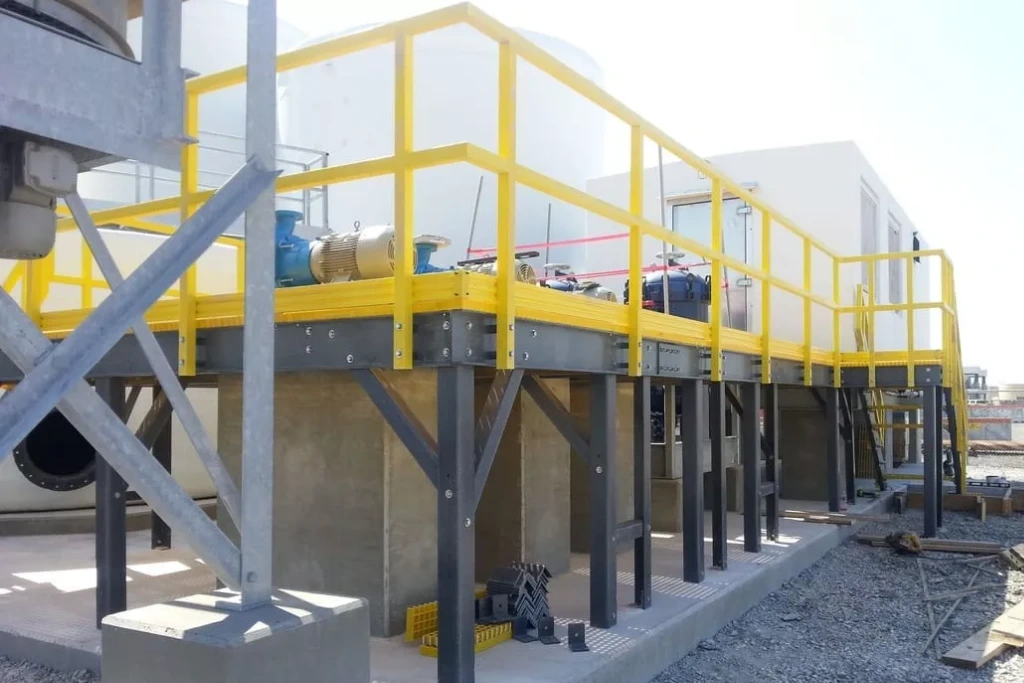
5. Window and Door Frames
Pultruded window and door profiles are increasingly popular in modern building design, especially for high-performance, energy-efficient construction.
Why It Matters:
Pultruded window and door frames offer outstanding thermal insulation, resistance to moisture, and longevity, outperforming wood, vinyl, and metal options.
Applications:
- Residential homes
- Commercial buildings
- High-rise construction
6. Utility Poles
Replacing traditional wood and metal poles, pultruded utility poles are being used by power companies for their unmatched durability and weather resistance.
Why It Matters:
Pultruded poles are lighter, easier to install, and last decades without requiring chemical treatments or extensive maintenance.
Applications:
- Power distribution lines
- Telecom infrastructure
- Street lighting systems
7. Bridge Decking Systems
Modern bridge designs are now incorporating pultruded decking panels for lightweight, corrosion-resistant bridge surfaces.
Why It Matters:
Pultruded bridge decks drastically reduce overall bridge weight, simplify installation, and extend service life, particularly in environments where salt, chemicals, or moisture are prevalent.
Applications:
- Highway and pedestrian bridges
- Replacement decks for aging infrastructure
- Temporary and modular bridges
8. Reinforcement Bars (Rebars)
Pultruded rebars are used as a replacement for steel rebar in reinforced concrete structures where corrosion is a major concern.
Why It Matters:
Concrete structures reinforced with pultruded rebars are significantly more durable in corrosive environments, reducing the risk of structural failure.
Applications:
- Marine construction
- Tunnels
- Parking structures
Why Pultruded Products Are Transforming Industrie
Choosing products made through pultrusion isn’t just about strength — it’s about delivering longer-lasting, safer, and more sustainable infrastructure. Here’s why pultruded products matter:
✅ Corrosion Resistance: They maintain structural integrity even in extreme environments.
✅ Lightweight: Easier and cheaper to transport and install compared to metal or wood.
✅ Low Maintenance: Reduces long-term repair and replacement costs dramatically.
✅ Non-Conductive: Ideal for electrical applications, improving worker safety.
✅ Sustainable: Longer service life means fewer replacements, reduced resource consumption, and lower environmental impact.
Across industries, switching to pultruded products results in stronger, safer, and more cost-effective operations.
From bridges and buildings to industrial facilities and utility infrastructure, products made through pultrusion are redefining what’s possible in modern construction – including major projects in Vietnam. They combine strength, resilience, and long-term savings into solutions that outperform traditional materials across nearly every metric.
If you’re planning a project where durability, lightweight construction, and low maintenance are priorities, consider integrating pultruded composites – the smarter material choice for the future, especially for challenging environments in Vietnam.
For expert guidance and premium-quality pultruded solutions, connect with The Front, your trusted partner in next-generation composite construction in Vietnam.

